Can You Put a Tv Over a Fireplace
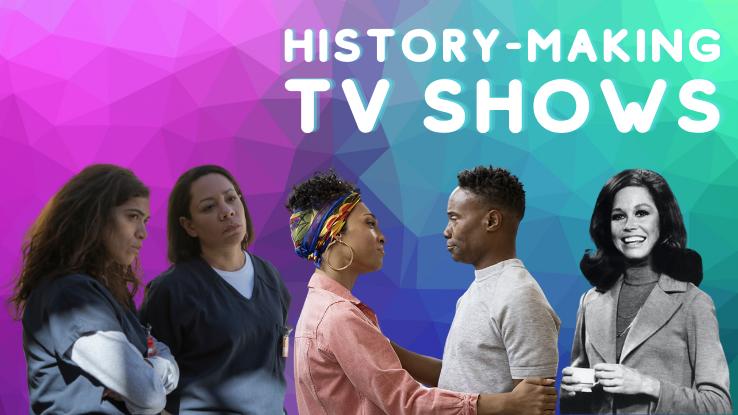
Whether a show is a total guilty pleasure or a highbrow icon of Prestige TV, a feel-adept sitcom or a high-concept drama, television has the ability not only to represent and mirror social club but teach u.s.a. some valuable lessons about acceptance and openness.
That's why we've decided to take a look back at TV history and highlight a few titles that fabricated Television set a more representative, progressive and diverse identify.
I Love Lucy
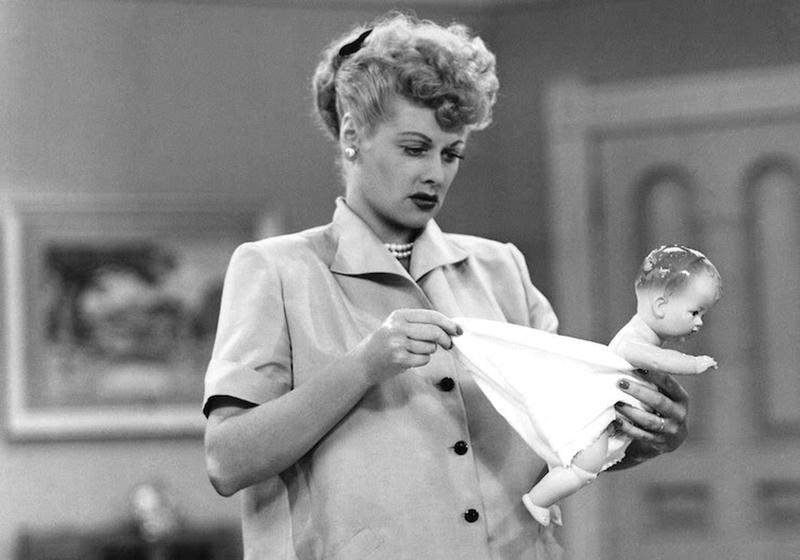
Dorsum in the 1950s, Lucille Ball's sitcom I Love Lucy, in which her graphic symbol was married to Ball's real-life husband Desi Arnaz, broke a large TV taboo. When the extra became significant the couple thought the show, which had aired for one flavor on CBS, would be canceled or put on hiatus until after she gave nativity. Pregnancy wasn't a matter that happened on Television set at the time. And writing around an actress's pregnancy hasn't always been as easy as getting Scandal's Kerry Washington a few fabulous coats.
In the stop, Ball's pregnancy was written into the show, an arroyo that's been used plenty of times in scripted Boob tube since then. The writers would have to avoid the word "pregnant" though, considered too vulgar to air. The episode in which Lucy's pregnancy was appear aired in 1952. It was titled "Lucy Is Enceinte" considering apparently it's OK to refer to the "p" word in French. The characters used verbal workarounds like "we're having a babe" or "blessed event" to imply Lucy's state.
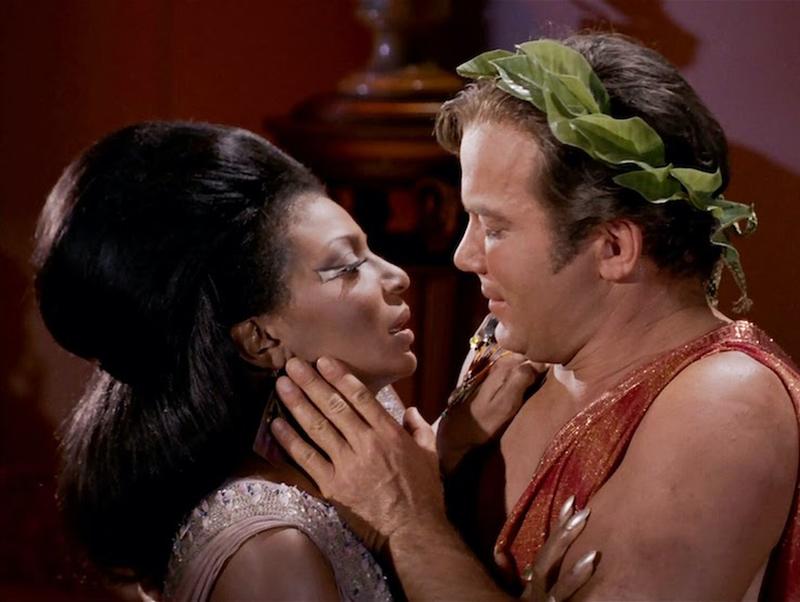
Star Trek: The Original Serial not just garnered a devoted following that's since spun several sequel series, spin-offs and picture show franchises over the decades, it was also a rare example of diverseness on screen. Nichelle Nichols played Uhura, a Starfleet Lieutenant and communications officeholder, making the show one of the first to feature a Black woman not portraying a retainer. George Takei played Lieutenant Sulu, the U.South.S. Enterprise's helmsman. Having a Japanese American actor in such a visible role just 2 decades after World War Ii, a fourth dimension divers by America's anti-Asian policies and racism, too highlighted the show'due south commitment to representation.
And so there's the kiss. Uhura and Captain Kirk (William Shatner) kissed in a 1968 episode while under the influence of aliens. Y'all can argue whether that was the starting time interracial kiss on screen or not, just information technology sure proved the show'due south dedication to the depiction of a plural and diverse society. And information technology confirmed Kirk's famous words: "Where I come from, size, shape or color makes no deviation."
The Mary Tyler Moore Show
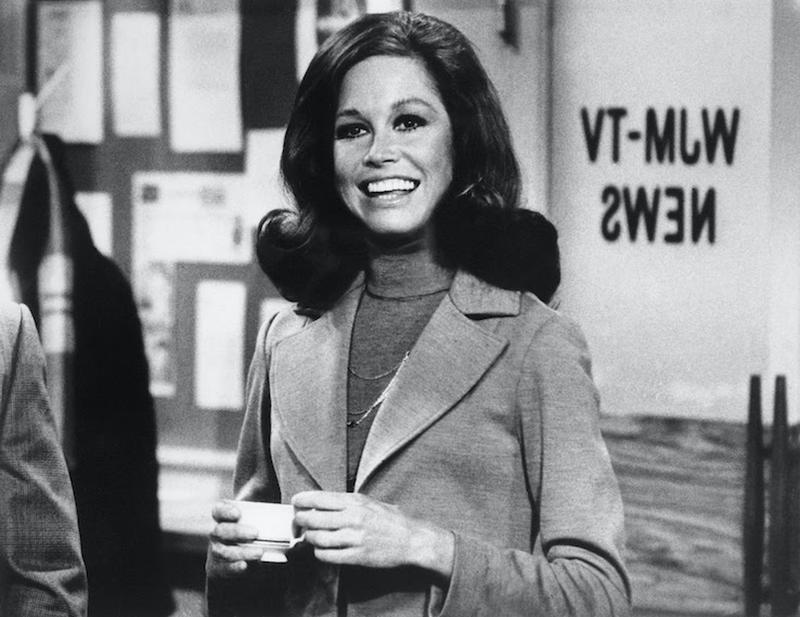
This seven-season sitcom that aired between 1970 and 1977 broke a few molds. It starred Mary Tyler Moore as Mary Richards, a unmarried woman in her 30s focused on her career in a Telly station. The show was created by James L. Brooks and Allan Burns but boasted a writers' room where there was also a significant number of women, specially for the catamenia. Treva Silverman was ane of the get-go women hired as a writer for the show, and, importantly, she shared her ain experiences to inform the characters' lives.
Other than in the writers' room, the show was groundbreaking because it focused on the life of an contained career-woman who didn't care about getting married. And although certain themes weren't treated in the same, straight style we've grown accustomed to in the past few decades, the testify made suggestions about Mary having an agile sexual life and taking the pill.
Information technology likewise paved the fashion for other career-women-centered shows like Murphy Dark-brown, Marry McBeal,xxx Rockand even Sex and the Urban center.
Ellen
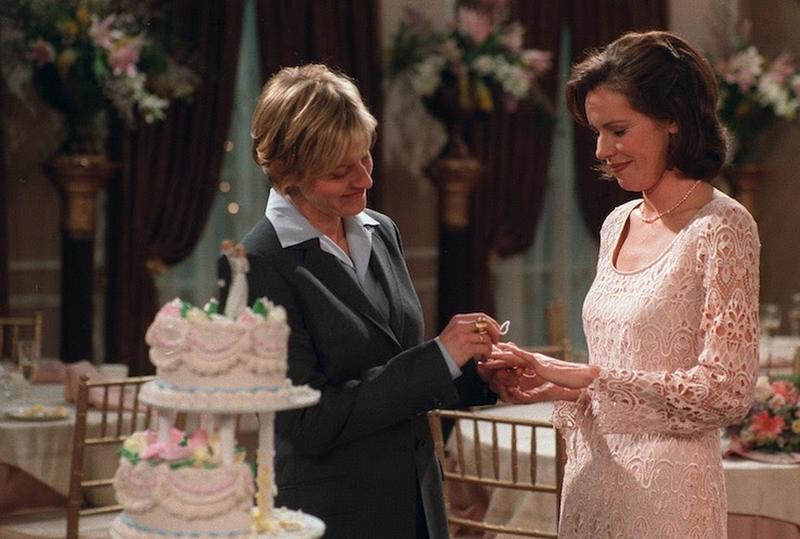
The sitcom Ellen, starring Ellen DeGeneres as Ellen Morgan, was on its quaternary season when it aired "The Puppy Episode" in 1997. In it Morgan was attracted to a graphic symbol played past Laura Dern and she came out as gay to her friends. The "Yep, I'm gay" moment was big for American TV because up until and so gay characters had been relegated to secondary, mostly one-note roles. DeGeneres' graphic symbol announcing her sexual orientation coincided with the actress herself likewise formally coming out with a Timemagazine cover and interview.
DeGeneres' figure has been under scrutiny in recent months regarding allegations of a toxic piece of work environment in her talk show The Ellen DeGeneres Show, merely in the 1990s her sitcom cleared the way for farther LGBTQ representation on Television set. The sitcom Will & Grace started ambulation in 1998 with Eric McCormack playing gay lawyer Will and best friend to Grace (Debra Messing). Then there was Queer as Folk on First in 2000. It was an adaptation of a British bear witness of the aforementioned name and depicted a group of gay friends — and their sex lives — in a nuanced way.
The Fresh Prince of Bel-Air
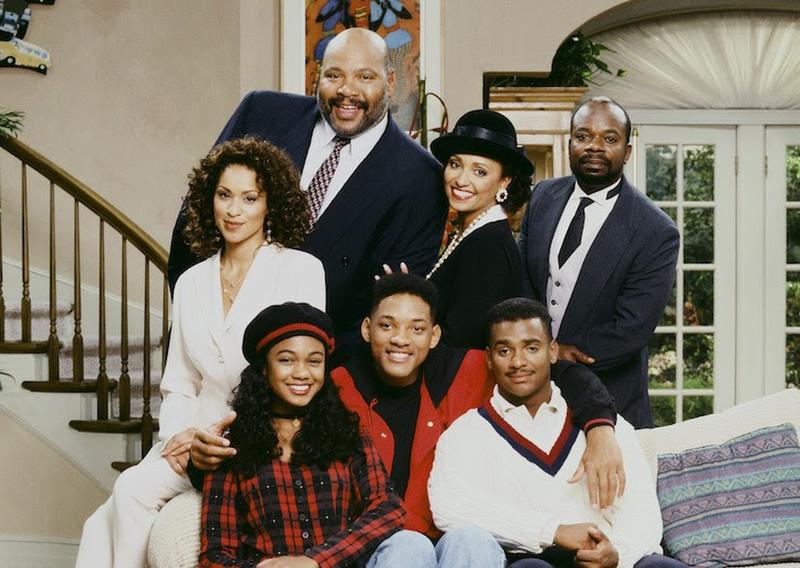
The Banks — and their Philadelphia-built-in nephew Will Smith — weren't the first Blackness family unit on a successful Telly sitcom with international success. The Cosby Provereigned first with eight seasons, running from 1984 to 1992, before Beak Cosby'southward sex crimes came to light.
The Fresh Prince of Bel-Air started airing in 1990 and was loosely based on Smith's life. The vi-season sitcom jump-started Smith's career. But other than making the protagonist a movie star, the testify too highlighted the life of a wealthy, stable and college-educated Black family, widening the telescopic of how Black characters were represented on Tv set.
And fifty-fifty though information technology was a sitcom, the show also tackled serious topics like Law profiling — Will and Carlton (Alfonso Ribeiro) get pulled over by the Police while driving a Mercedes Benz — drug use, gun violence, date rape, HIV, racism and other bug.
Ugly Betty
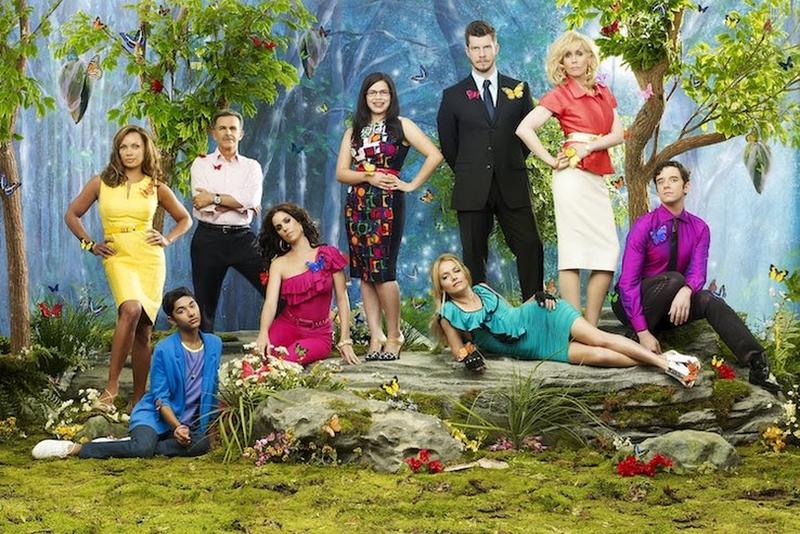
The dramedy Ugly Betty, which ran on ABC for four seasons between 2006 and 2010, was an accommodation of the Colombian telenovela Yo soy Betty, la fea. The show put a Mexican American family forepart and center in a primetime show. It also starred America Ferrera, who played an unstylish simply difficult-working woman who ends up working at a fashion magazine. Tony Plana played Betty's dad and he often mixed Spanish and English language dialogue in the show, the way a lot of Hispanic families practise. And Ana Ortiz played Hilda, Betty's older sister. The show garnered praise for its representation of Latinas on TV.
Just it also addressed topics similar torso image and Hilda's teenage son coming out as gay. Likewise winning three Emmys, Ugly Bettywon two Gay and Lesbian Alliance Against Defamation (GLAAD) Media Awards.
Ortiz is once more involved in a history-making TV show: Hulu's Love, Victor. The show centers on Victor — a half-Colombian-American, half-Puerto Rican gay teenager — and his struggles to tell his religious family he's gay. Ortiz plays Victor's mom.
Orange Is the New Blackness
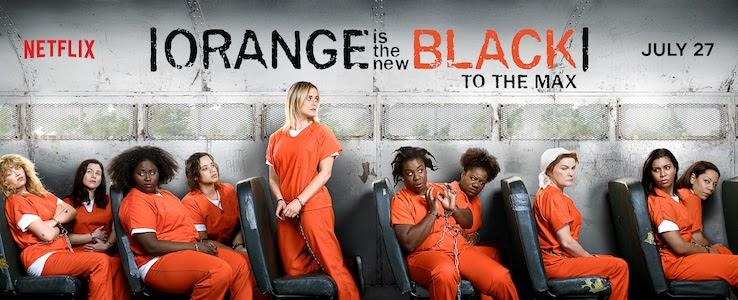
What started as the adaptation of Piper Kerman's memoir about the months she spent in prison for a decade-old drug confidence, ended up condign much more than that. As Jenji Kohan's (Weeds) show progressed, it stopped focusing on Piper (Taylor Schilling) and opened the telescopic to an incredibly diverse ensemble cast of women. The bear witness, which aired for seven seasons on Netflix from 2013 to 2019, became a refreshing blend of tales from all the women who made it.
In later seasons, the series also commented on the for-turn a profit prison system and immigration. But its inclusion of women of all ages, races and backgrounds is what made information technology stand out in the first place. Plus, the series has helped cement the careers of actresses Uzo Aduba (Mrs. America, In Handling), Natasha Lyonne (Russian Doll), Samira Wiley (The Handmaid'south Tale) and Laverne Cox (Promising Young Woman).
Pose
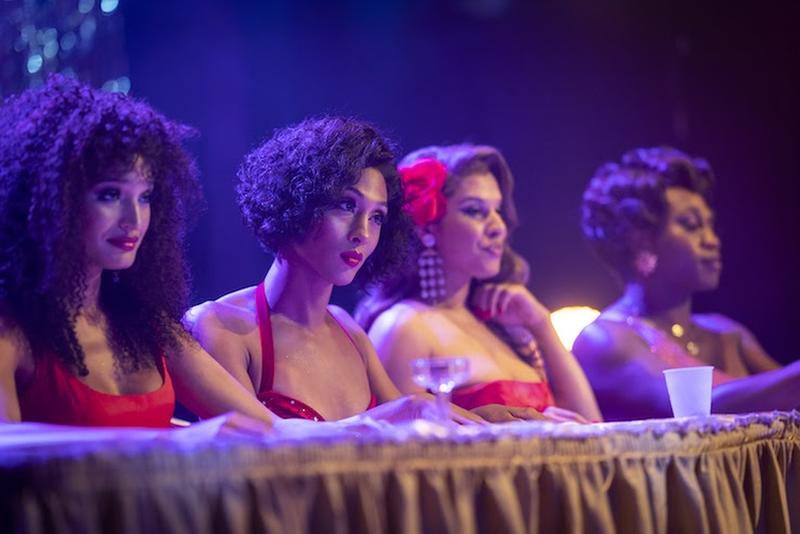
FX's Posenon only meant a front-row seat to ballroom culture. The show, created past Ryan Murphy, Brad Falchuk and Steven Canals, is set in the late '80s and early '90s and depicts the lives of a group of Black and Latina transgender women and their gay friends. They're in the midst of the AIDS epidemic and try to carve a identify for themselves in a lodge that turns a blind heart or simply rejects them, all while they reshape the definition of family.
The prove made headlines when it commencement debuted in 2022 for having the largest transgender cast of any scripted serial. Not only that, the bear witness enlisted writer and activist Janet Mock, and, soon subsequently, she became the first transgender woman of colour to write and direct an episode of television. Mock has written and directed several Pose's episodes since. Pose's all-time-known face is perhaps that of Billy Porter. The Emmy-winning thespian has become a red carpet fixture thanks to the prove'southward success. He'southward taken the mantle from his graphic symbol Pray Tell and helped redefine what masculinity means.
Rutherford Falls
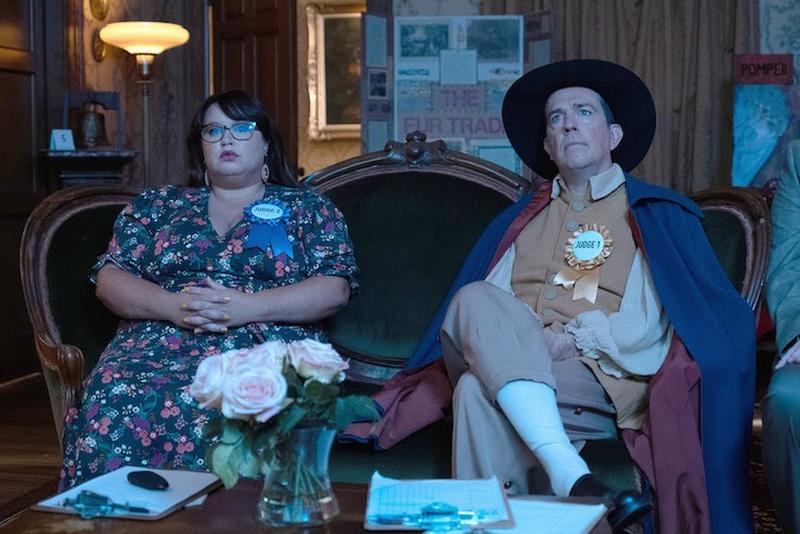
This Peacock sitcom that aired its kickoff season in April 2022 is co-created and executive produced past Ed Helms, Michael Schur (Parks and Recreation) and Sierra Teller Ornelas (Superstore). Teller Ornelas is Navajo and i of the five Native writers on this show. In fact, Rutherford Fallshas one of the largest Ethnic writers' rooms in history, according to Peacock.
Native American representation is also a large part of Rutherford Fallsin front of the cameras with actors Jana Schmieding and Michael Greyeyes playing members of the fictional Minishonka Nation. Rutherford Fallshas been praised for its depiction of Native American characters and cultures and inclusive representation. The show too stars Helms as Nathan Rutherford and Jesse Leigh equally Bobbie Yang, Nathan'due south non-binary executive assistant.
Rutherford Falls has only aired 1 season then far but it'll be interesting to come across if it opens new opportunities for Native American narratives told past Indigenous creators and actors.
strunkclevestimen.blogspot.com
Source: https://www.ask.com/entertainment/tv-shows-make-history?utm_content=params%3Ao%3D740004%26ad%3DdirN%26qo%3DserpIndex
Post a Comment for "Can You Put a Tv Over a Fireplace"